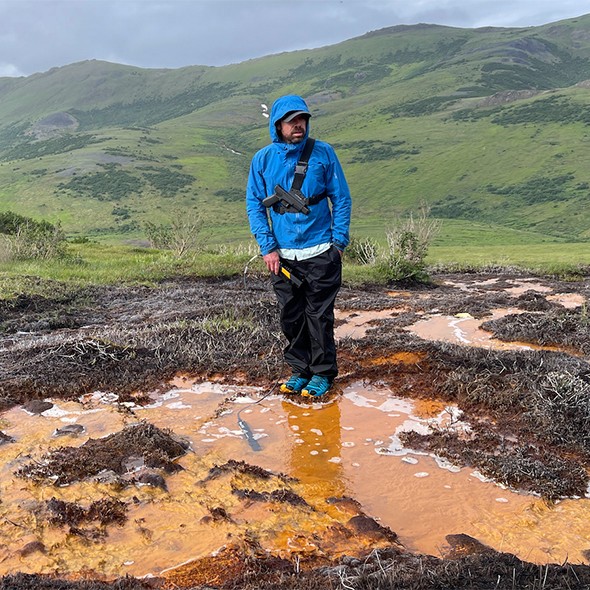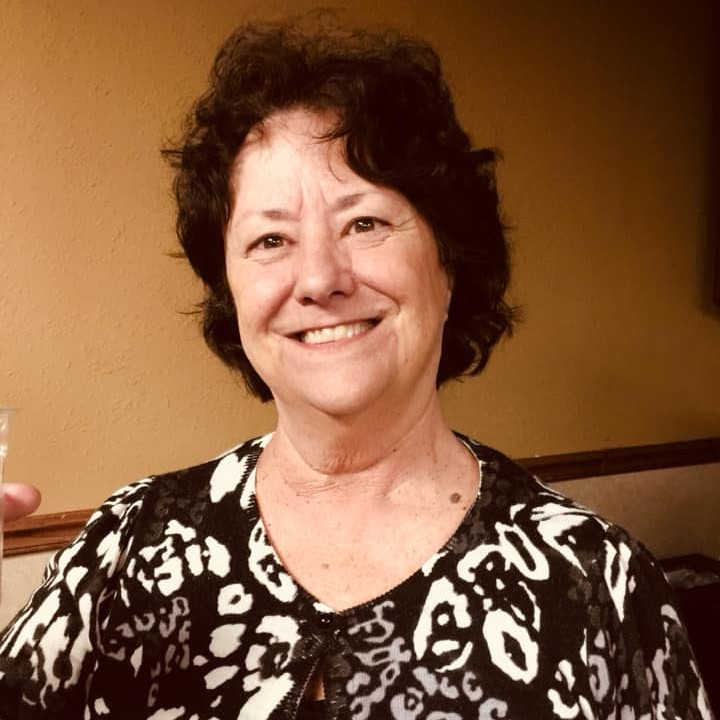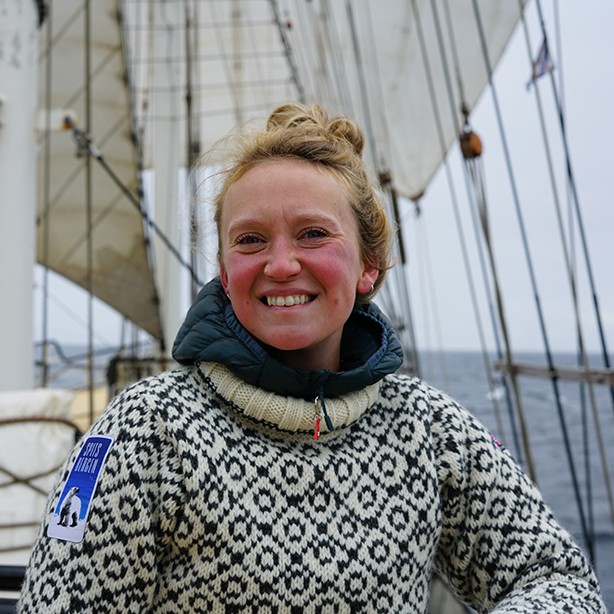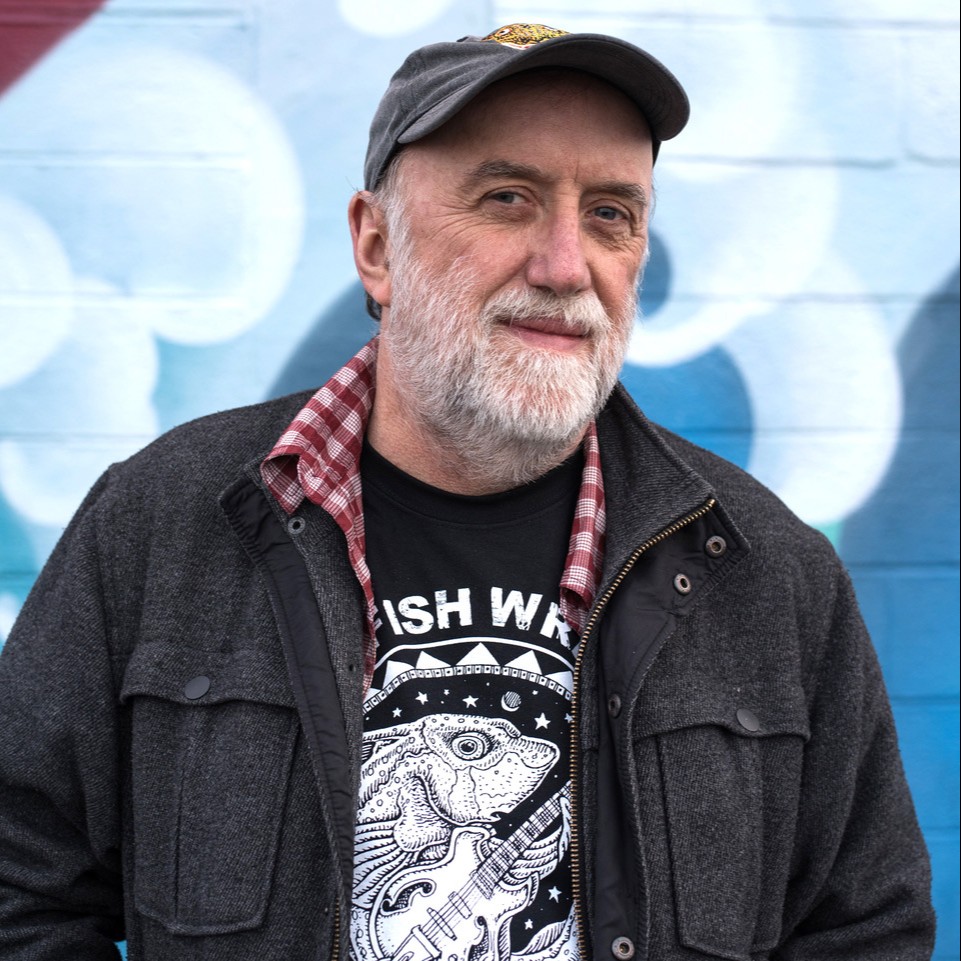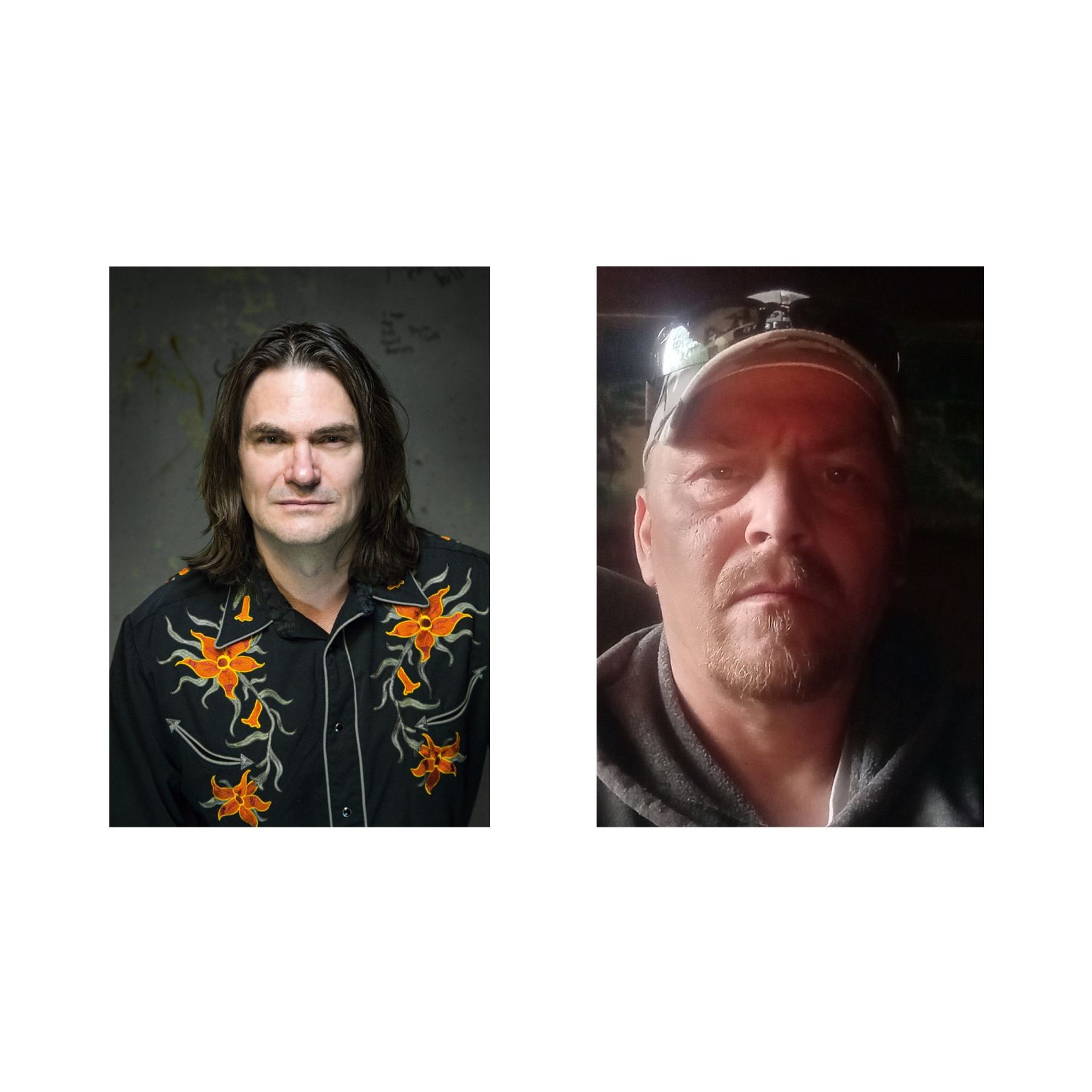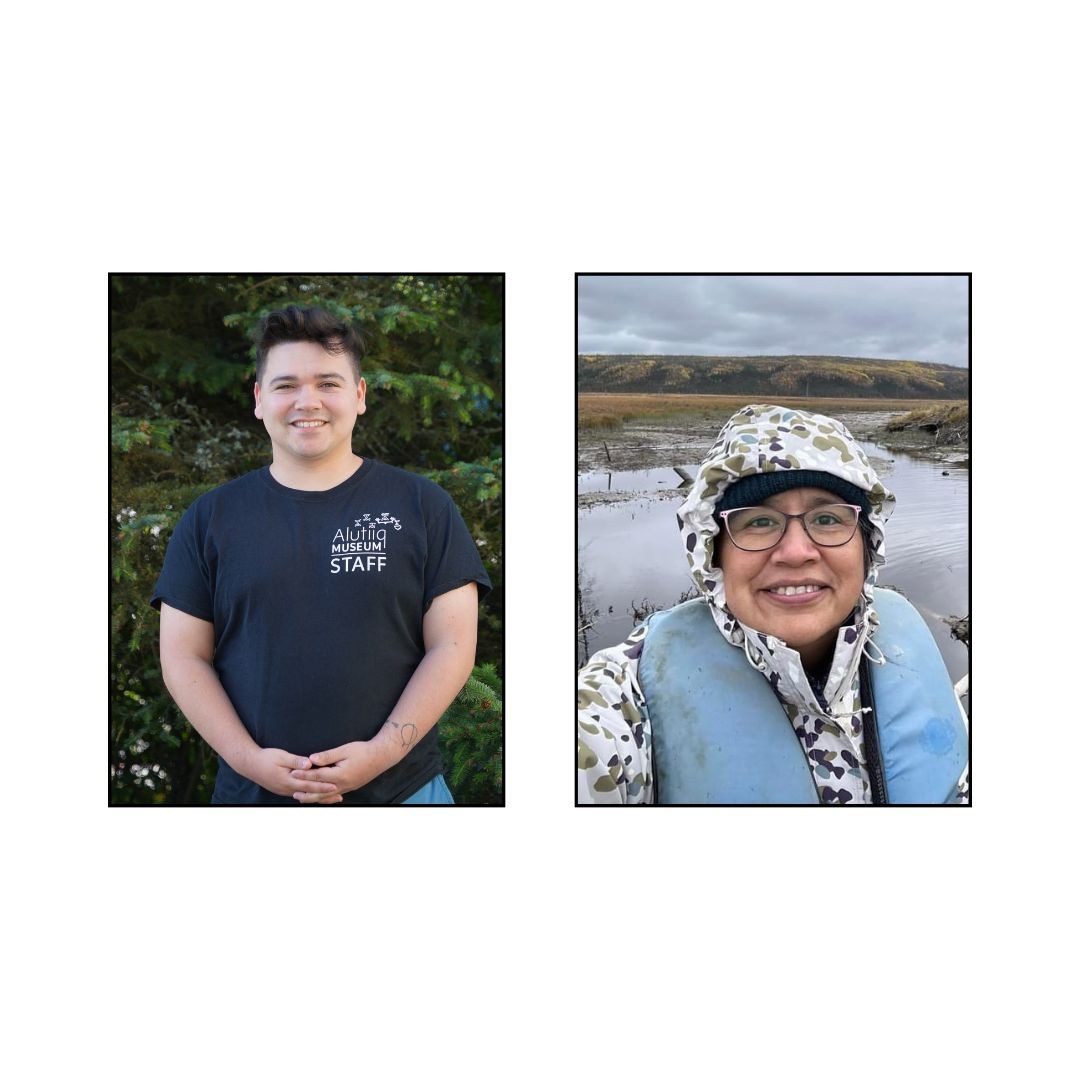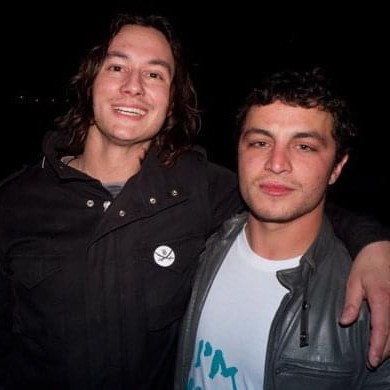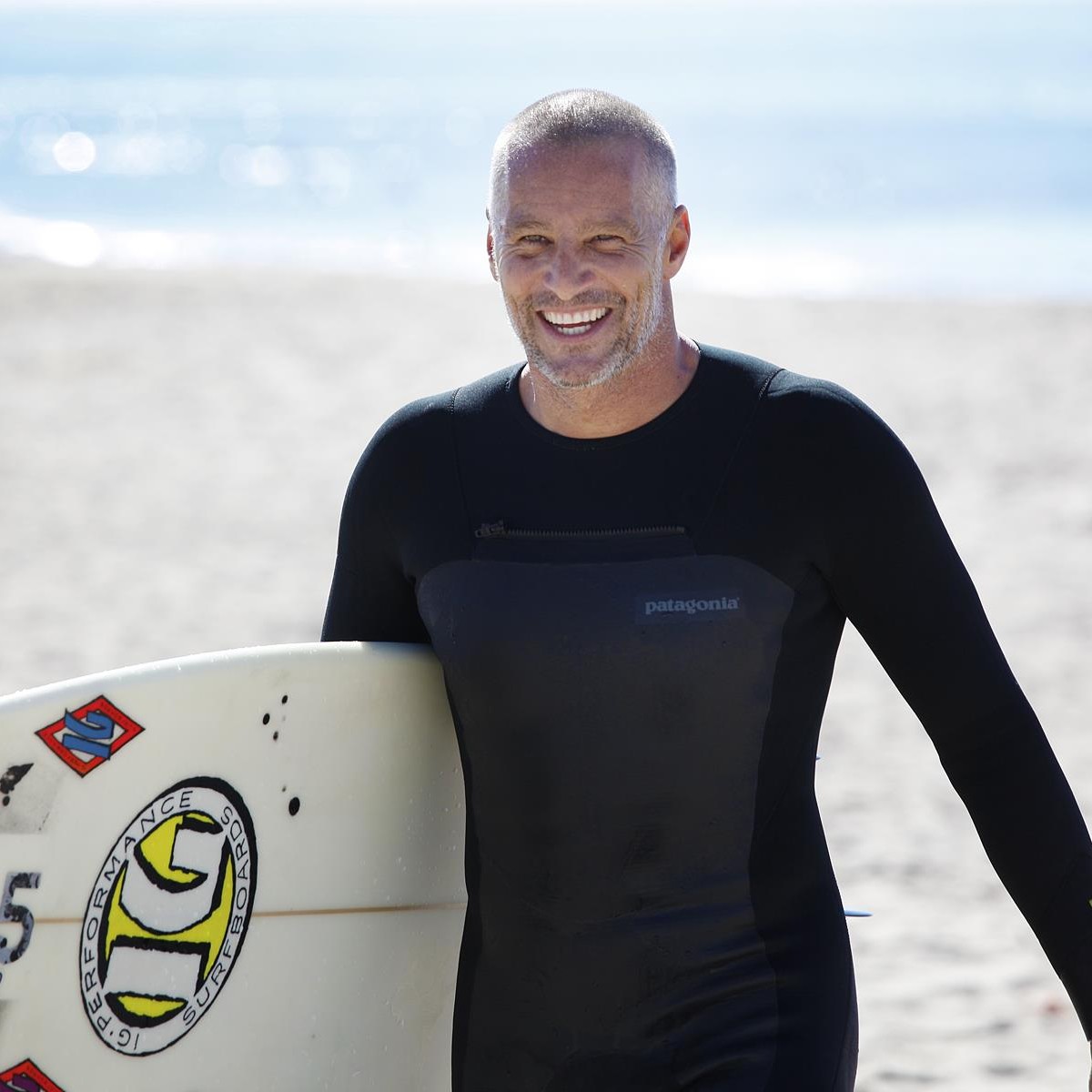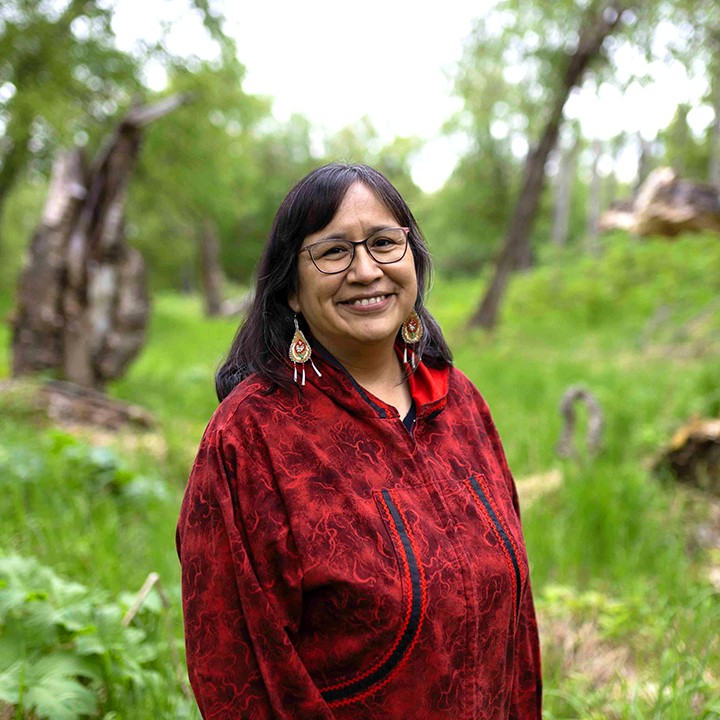EP 142 The history of slime with Christopher Michlig
Update: 2023-12-13
Description
In this one, Cody talks to Christopher Michlig. He’s a visual artist and a professor at the University of Oregon, and he recently released a book titled "File Under: Slime." In it, he traces the origins of the idea of slime back to the early 1900s, with associations to ectoplasm, femininity, and sexuality. In his research, he found that people like HP Lovecraft and John Paul Sartre helped solidify the concept of slime within philosophy and pop culture, paving the way for it to be an analog, or a proxy, for describing the unknown. In the 1950s, for example, there were movies like "The Blob," representing the social anxiety surrounding the atomic bomb. And then in the 1980s — with movies like "The Stuff," "Street Trash," and "The Toxic Avenger" — slime represented a fear of toxicity or the handling of toxic waste. Christopher says that what we choose slime to represent evolves over time. More recently, it has entered rap music through artists like N.O.R.E, from Capone-N-Noreaga, and newer guys like Young Thug. The way these rappers are using the word “slime” is different than how it’s been used in the past. It’s positive, it’s a substitute for friend or homie.
Christopher grew up in Girdwood, Alaska, in the ‘80s. He remembers it being a small town back then, maybe about 400 to 500 people. It’s a place that instilled in him the idea of closeness and the importance of a supportive community, sentiments that continue to inspire and influence him. Recently, he’s been doing research on different Aleutian communities, trying to get a better grasp on his family history. He has roots, on his dad’s side, in the Aleutian Islands, before the Russian fur trade. He says it’s been a difficult process, that it’s confusing for him because of the complicated history of Aleutian communities as a result of colonialism and the displacement that occurred during and after World War II. How people who had been living in a place for generations were forced to upend their ancestral ways of living. So, he tries to imagine — even project himself — to the time of his ancestors on the Island of Unga. Without much oral history from his own family to go off of, his research is helping him better understand where he comes from.
PHOTO / Ilka Sankari
Christopher grew up in Girdwood, Alaska, in the ‘80s. He remembers it being a small town back then, maybe about 400 to 500 people. It’s a place that instilled in him the idea of closeness and the importance of a supportive community, sentiments that continue to inspire and influence him. Recently, he’s been doing research on different Aleutian communities, trying to get a better grasp on his family history. He has roots, on his dad’s side, in the Aleutian Islands, before the Russian fur trade. He says it’s been a difficult process, that it’s confusing for him because of the complicated history of Aleutian communities as a result of colonialism and the displacement that occurred during and after World War II. How people who had been living in a place for generations were forced to upend their ancestral ways of living. So, he tries to imagine — even project himself — to the time of his ancestors on the Island of Unga. Without much oral history from his own family to go off of, his research is helping him better understand where he comes from.
PHOTO / Ilka Sankari
Comments
Top Podcasts
The Best New Comedy Podcast Right Now – June 2024The Best News Podcast Right Now – June 2024The Best New Business Podcast Right Now – June 2024The Best New Sports Podcast Right Now – June 2024The Best New True Crime Podcast Right Now – June 2024The Best New Joe Rogan Experience Podcast Right Now – June 20The Best New Dan Bongino Show Podcast Right Now – June 20The Best New Mark Levin Podcast – June 2024
In Channel



